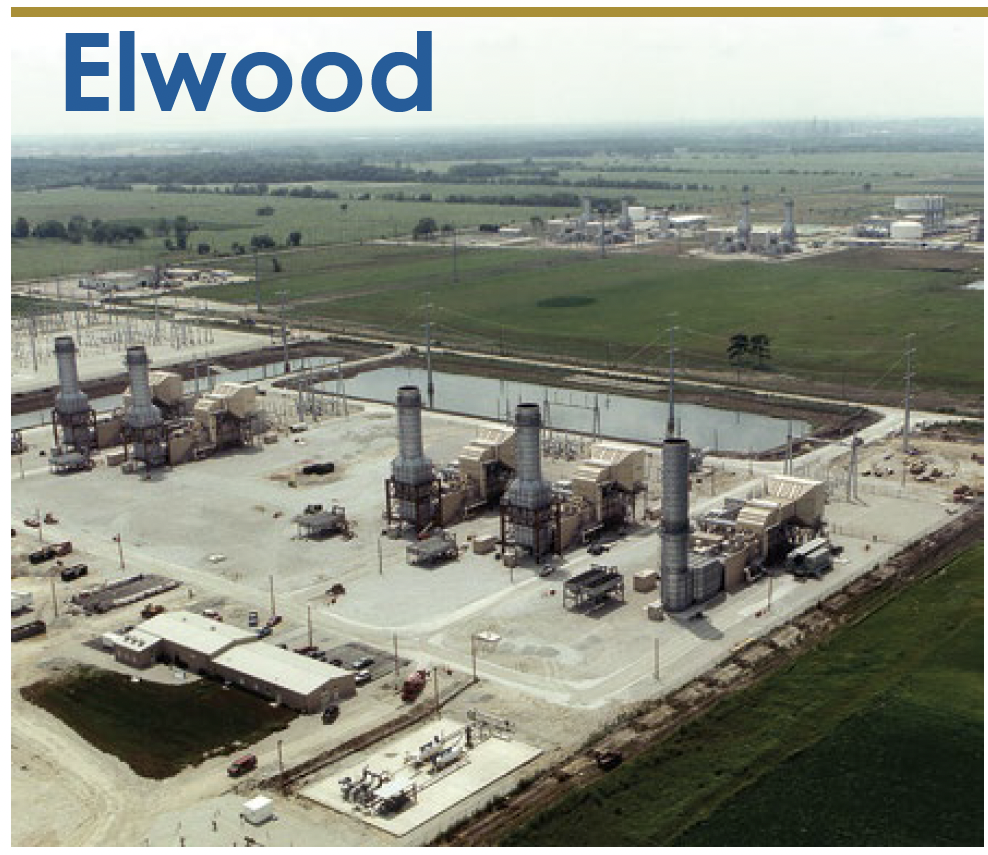
Elwood Energy, Owned by J-Power USA, Operated by NAES Corp
1350-MW, gas-fired, nine-unit, 7F-powered peaking facility located in Elwood, Ill
Plant manager: Joseph Wood
Ensuring quality service by OEMs during gas-turbine outages
Challenge. How does a powerplant manager ensure the OEM delivers quality work during turbine/generator outages? Here “quality” is defined as work safely completed with no rework required. Even with a strong contractual services agreement, an OEM’s failure to deliver the job correctly the first time can be a lose/lose situation for the owner and OEM.
Powerplants may no longer have the talent available to adequately ensure OEMs perform their work properly. In addition, the quality of the OEM’s talent appears to be in steady decline with crews being thoroughly fatigued towards the end of outage season.
Solution. Elwood Energy confronted this problem by contracting Viking Turbine Services to provide oversight, typically on day and night shifts, through major turbine and generator work. With major work being performed on one or more turbine/generators, Viking maintained a skilled and dedicated eye on the OEM’s performance. This freed-up Elwood’s small staff to administer safety programs, perform other outage-related work, and respond to dispatches of other units.
The following is one example of Viking’s value: While doing routine checks, the company’s personnel noticed that two of the transition pieces completed on day shift had significant gaps between the bullhorns and bullhorn support blocks. You’re likely aware that bullhorns must be snugged down tight prior to recording set-back clearances.
Viking requested that the OEM’s contractor tighten down the bullhorns and recheck set-backs. Proper fit-up remained elusive for some of the transition pieces and the OEM decided to change all bullhorn blocks.
Results. Over the last 10 years and numerous turbine outages, Elwood has experienced two outages requiring significant rework—when Viking was not a participant. Numerous other outages have been performed with oversight that have not required rework. During these outages, Viking routinely identified issues during routine observations and during agreed-to quality hold points.
The conclusion that can be drawn from this is that by having an experienced representative on hand for the owner, the OEM is compelled to perform more deliberately and execute higher quality work. With less of a chance for quality issues impacting the post-outage startup, and operation between scheduled outages, the total cost of the outage can be reduced.
Project participant:
Joseph Wood, plant manager



